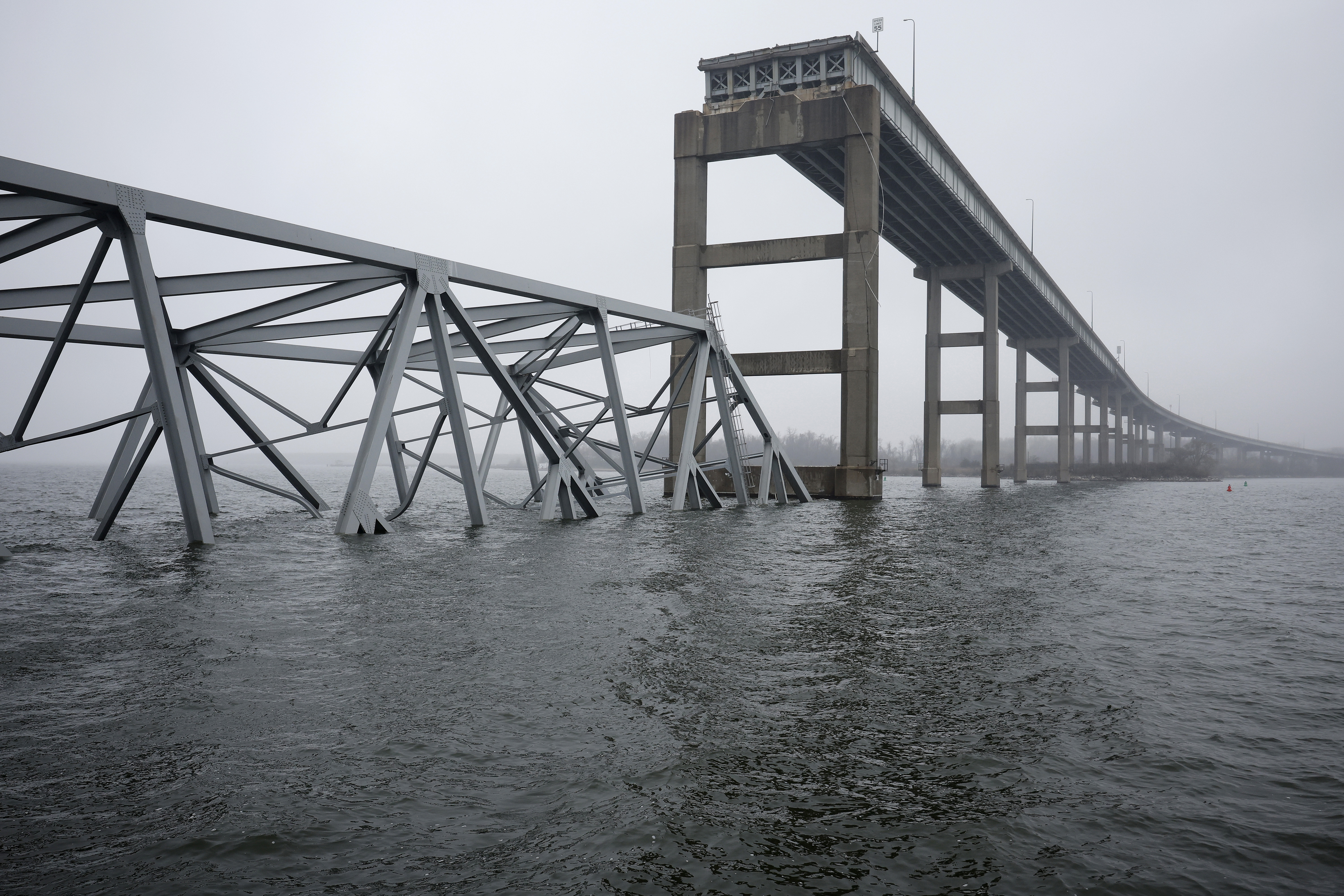Last month’s pedestrian bridge collapse led to a historic discovery in the ruins along DC-295.
The bridge collapsed after a truck hit part of the structure, bringing it down onto the roadway below.
While helping cleanup asbestos at the site, D.C. Department of Energy & Environment (DOEE) workers discovered dozens of military-grade medical stretchers still in their boxes stacked neatly apparently for decades deep in the back of the foundation of the bridge.
“It was pretty surprising,” said Joshua Rodriguez of DOEE. “Everybody didn’t really know what to think of it.”
We're making it easier for you to find stories that matter with our new newsletter — The 4Front. Sign up here and get news that is important for you to your inbox.
The stretchers, dated 1954, were shipped to D.C.’s Office of Civil Defense to be stored in Southeast D.C. at Davis Elementary School, which has since closed.
“I’ve always been interested in history, and to find these civil defense and Cold War-era materials is really exciting,” Rodriguez said.
Many stretchers remain in very good condition.
Local
Washington, D.C., Maryland and Virginia local news, events and information
Doug Harsha, assistant curator at the Cold War Museum in Virginia, was excited to get some of the stretchers for the museum.
“They are a very early example of, effectively, nuclear preparedness within the District,” he said.
Harsha believes the stretchers were surplus from the Korean War.
“We think they’re part of a federal transfer of property that happened between 1957 and 1959 where Army surplus stocks were transferred over to civil defense officials to try and serve as a form of disaster preparedness,” he said.
The discovery shows how D.C. was years ahead of the rest of the country in preparing for a possible nuclear attack.
“Because we don’t see this sort of large-scale preparation, in most part, until the early 1960s,” Harsha said.
When workers first found the military boxes, there was concern about what else might be stored under the bridge.
“There was an initial concern whether there might be ammunition or more hazardous material stored here,” Rodriguez said.
Harsha said it’s unlikely that civil defense units stored any ammunition there.
How the stretchers made their way from an elementary school shelter into the foundation of a pedestrian bridge will probably remain a mystery, but it is an indication that there are more discoveries to make.
“This discovery certainly isn’t alone,” Harsha said. “There are likely to be more of the supply caches throughout the District.”
Several of the stretchers have been preserved, but the majority of them likely will be thrown out.



